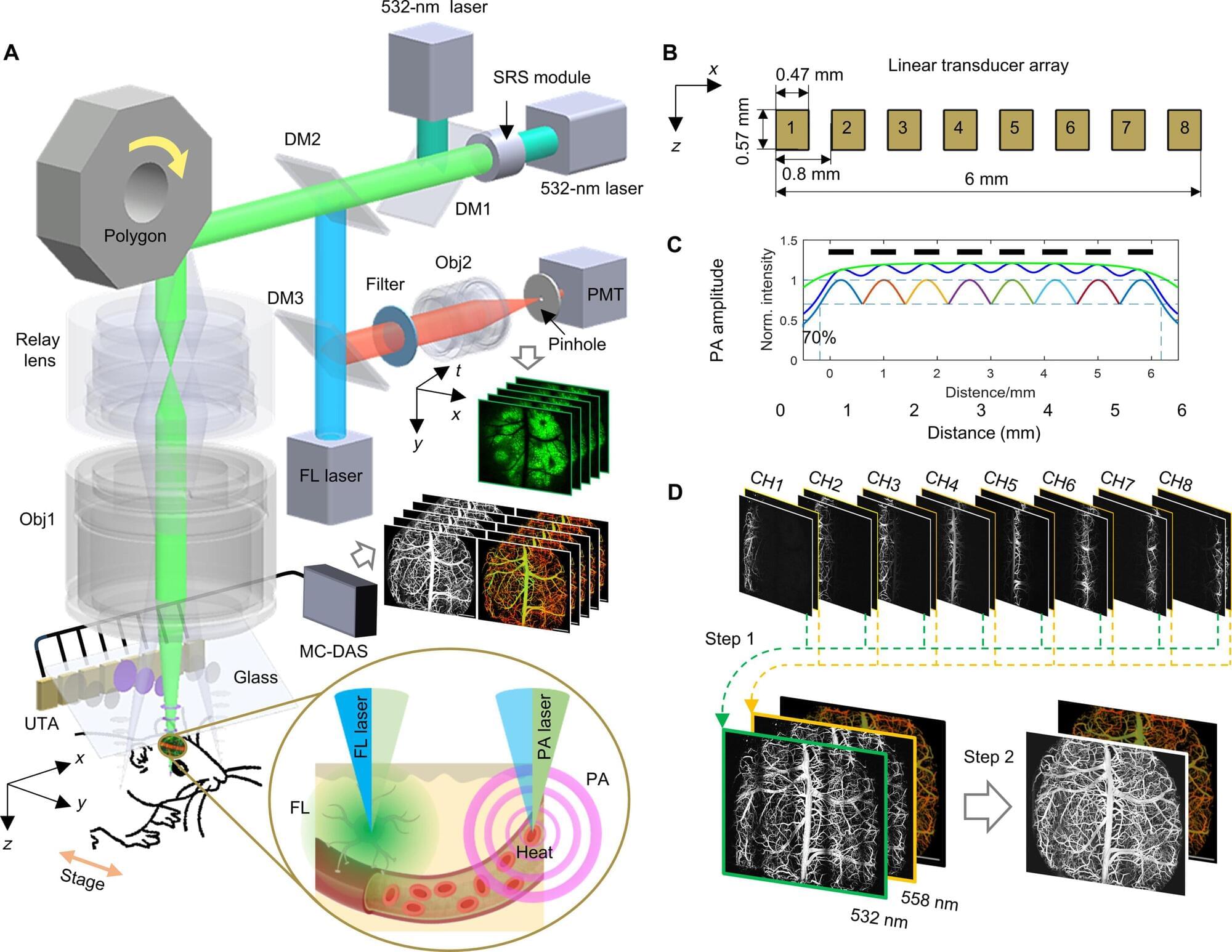Nivolumab, an injectable form of immunotherapy, means patients can receive their fortnightly or monthly treatment in 5 minutes.
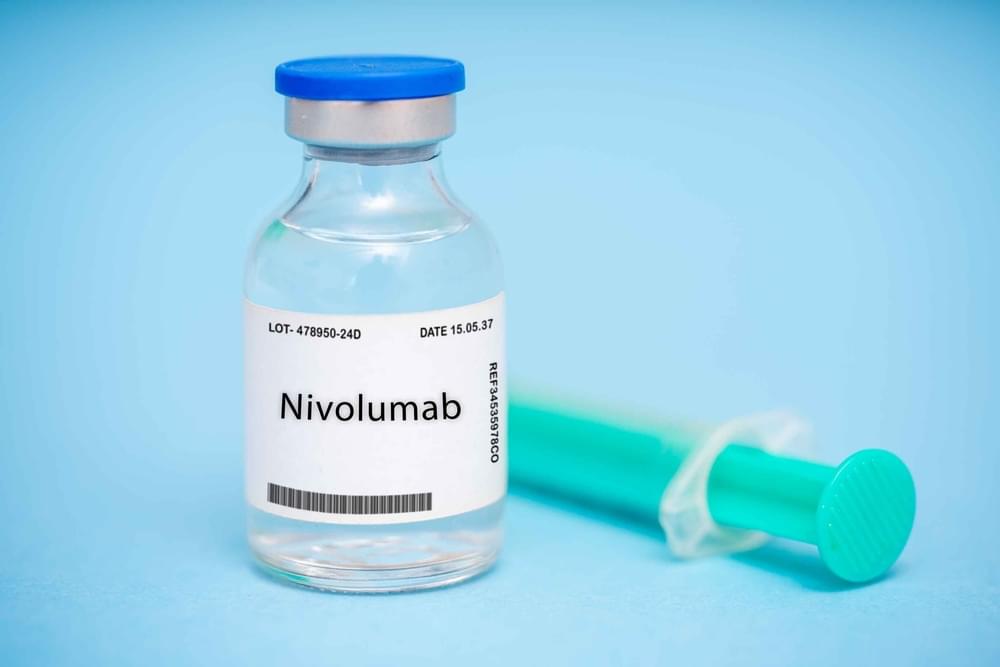

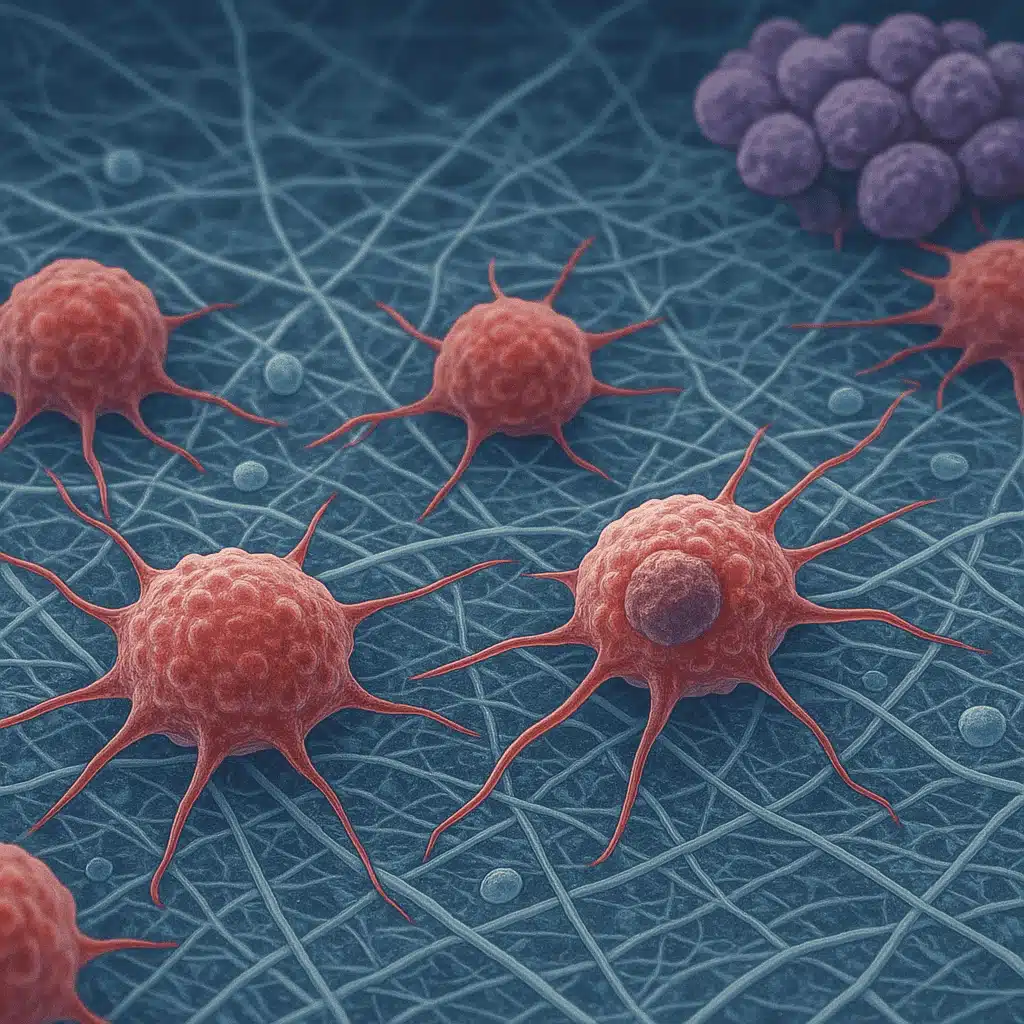
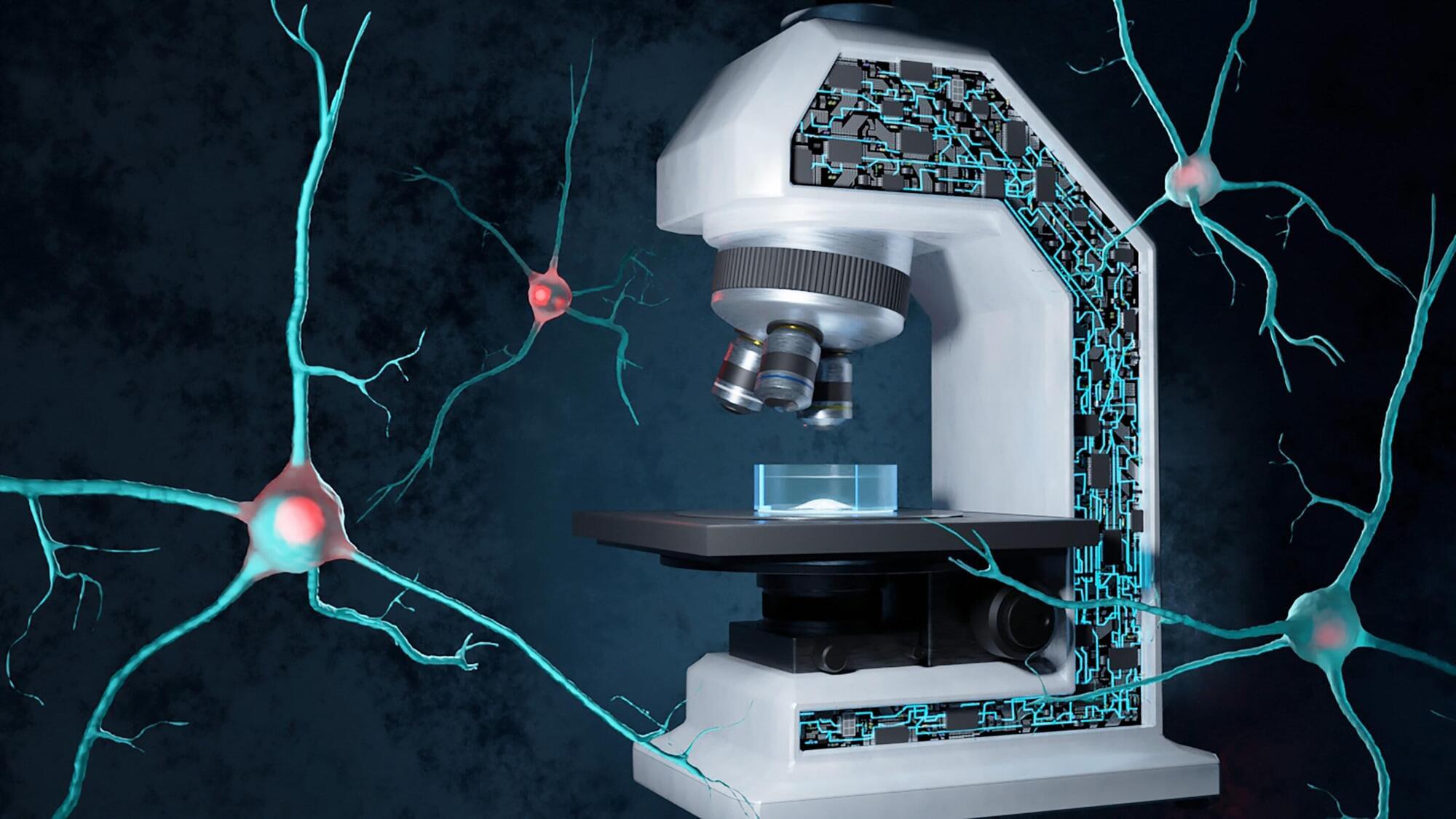
The accumulation of misfolded proteins in the brain is central to the progression of neurodegenerative diseases like Huntington’s, Alzheimer’s and Parkinson’s. But to the human eye, proteins that are destined to form harmful aggregates don’t look any different than normal proteins.
The formation of such aggregates also tends to happen randomly and relatively rapidly—on the scale of minutes. The ability to identify and characterize protein aggregates is essential for understanding and fighting neurodegenerative diseases.
Now, using deep learning, EPFL researchers have developed a ‘self-driving’ imaging system that leverages multiple microscopy methods to track and analyze protein aggregation in real time—and even anticipate it before it begins. In addition to maximizing imaging efficiency, the approach minimizes the use of fluorescent labels, which can alter the biophysical properties of cell samples and impede accurate analysis.
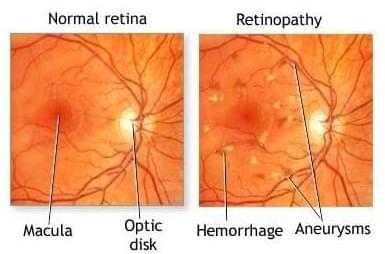

Scientists have discovered a sugar compound from deep-sea bacteria that can destroy cancer cells in a dramatic way. This natural substance, produced by microbes living in the ocean, causes cancer cells to undergo a fiery form of cell death, essentially making them self-destruct. In lab tests and in mice with liver cancer, the compound not only stopped tumors from growing, but also activated the immune system to fight back. This finding could pave the way for entirely new cancer treatments based on sugars from marine organisms.

Federal regulators have given approval for U.S. clinical trials of a Cuban-developed lung cancer vaccine.
New York Governor Andrew Cuomo announced the Food and Drug Administration’s decision Wednesday at the Roswell Park Cancer Institute in Buffalo.
Lung cancer is the second most commonly diagnosed cancer in both men and women, according to the American Cancer Society, which estimates nearly 160,000 Americans will die from the disease this year, with non-small cell cancer the most frequently diagnosed type, by far.
The Cuban lung cancer vaccine, called CIMAvax, was developed by the Center of Molecular Immunology in Havana. It works as a form of immunotherapy.
(October 26 2016)
The FDA allows a landmark test of a Cuban vaccine that uses the body’s immune system to starve lung-cancer cells.

There are currently over 750,000 patients with end-stage renal disease (ESRD) in the United States. Globally, 2.6 million patients receive renal replacement therapy with either dialysis or a kidney transplant, which is estimated to double in number by 2030. Kidney care was revolutionized by the invention of the dialysis machine in 1943 by Willem Kolff and the subsequent development of the arteriovenous fistula in 1960 by Belding Scribner. The first successful human kidney transplantation was performed in 1954 by Joseph Murray, teaming with John Merrill, and has since become the treatment of choice for patients with ESRD. Although there have been only incremental innovations since that time, recent exciting developments in kidney research have the potential to transform treatment beyond dialysis and transplantation. Here, we highlight five emerging approaches for ESRD.
(Circa 2022)
This work is licensed under the Creative Commons Attribution 4.0 International License. To view a copy of this license, visit http://creativecommons.org/licenses/by/4.0/.
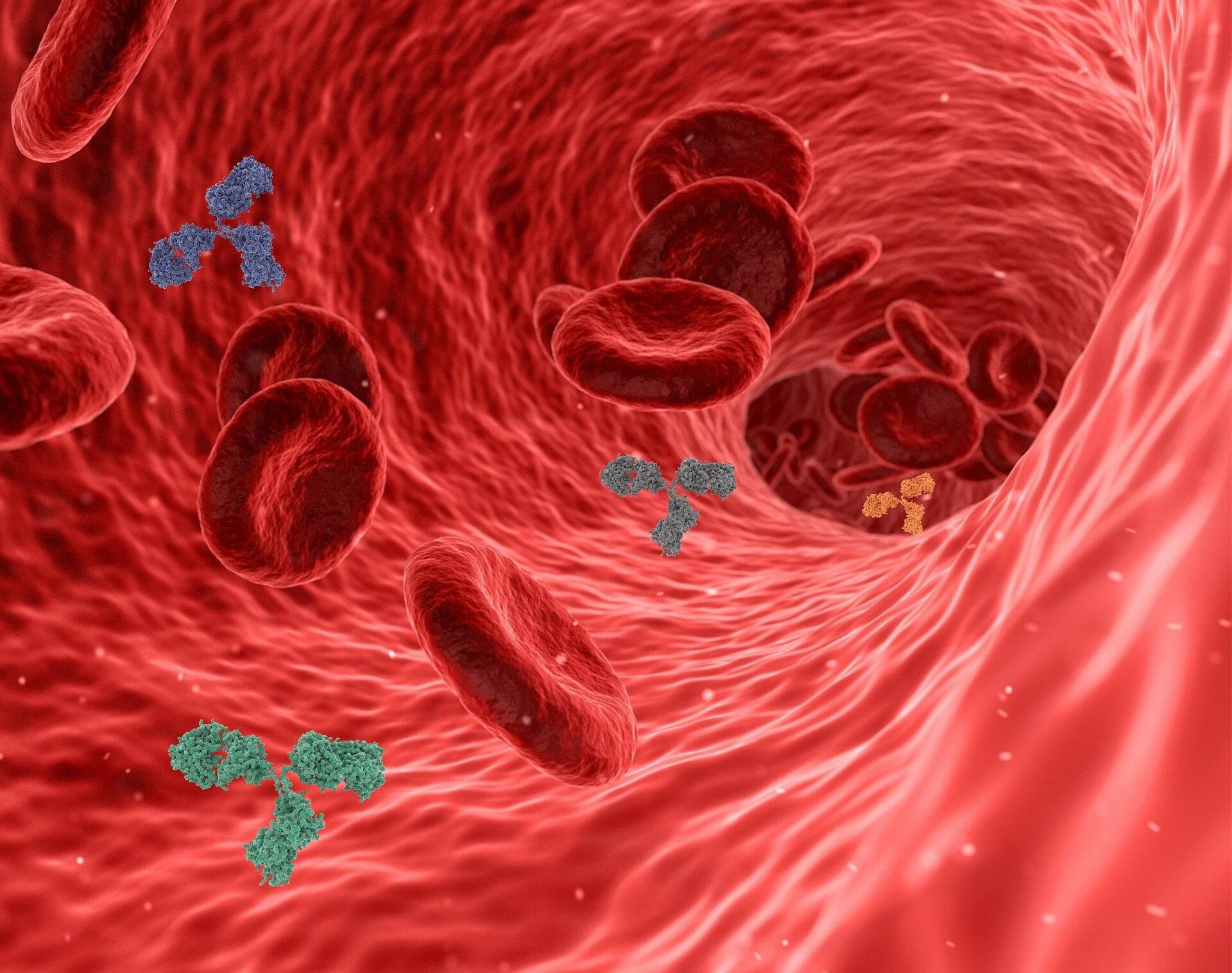
A new study has revealed that autoantibodies—immune proteins traditionally associated with autoimmune disease—may profoundly influence how cancer patients respond to immunotherapy.
The study, published in Nature, offers a potential breakthrough in solving one of modern-day oncology’s most frustrating mysteries: why checkpoint inhibitors work for some patients but not others—and how we can extend their benefits to more people.
“Our analysis shows that certain naturally occurring autoantibodies can tilt the odds dramatically toward shrinking tumors,” said senior author Aaron Ring, MD, Ph.D., an associate professor at Fred Hutch Cancer Center. “We saw some cases where autoantibodies boosted a patient’s likelihood of responding to checkpoint blockade by as much as five-to ten-fold.”
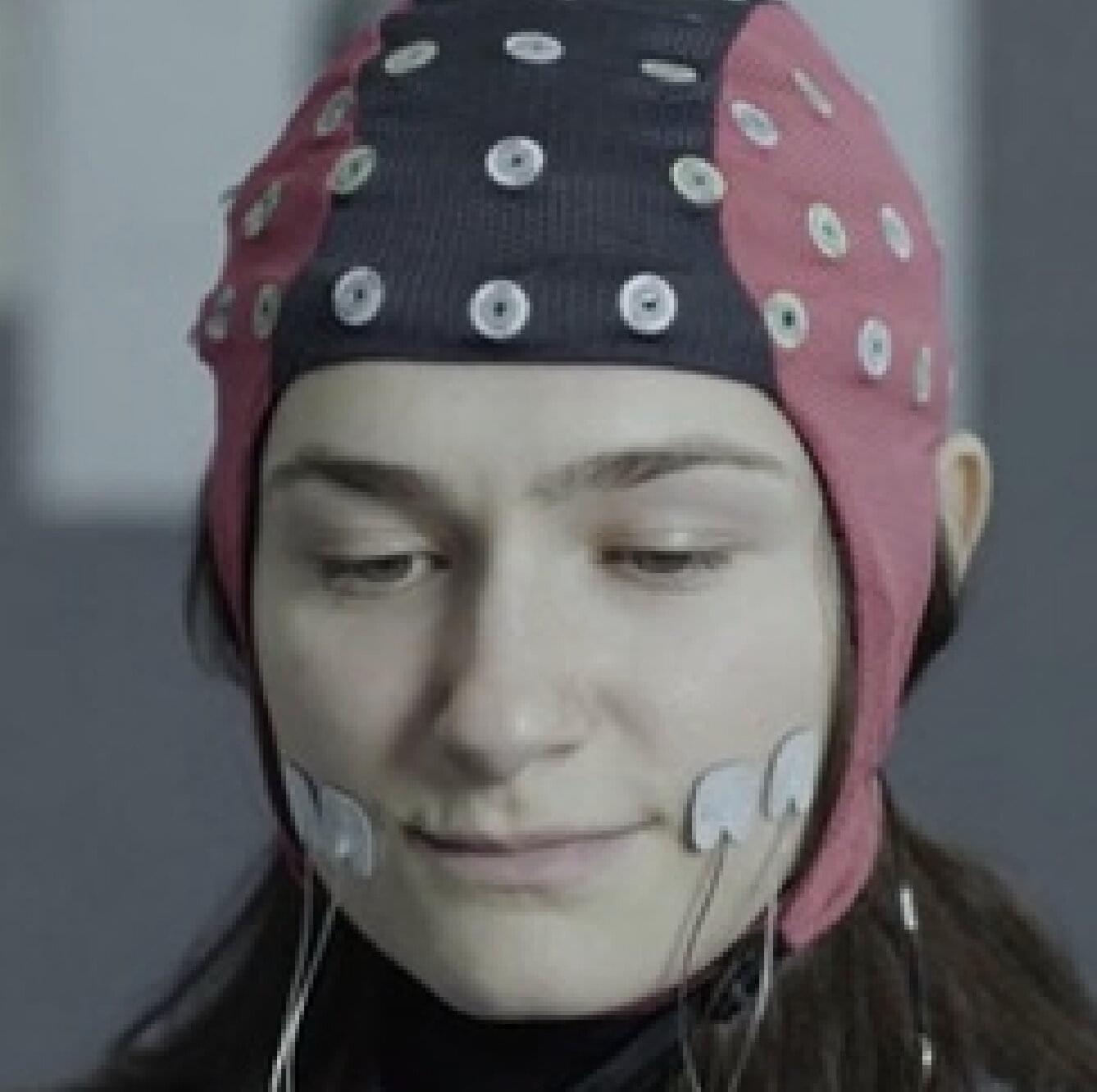
Psychology research suggests that the human body, particularly the muscles on our face, plays a key part in the processing of others’ emotions. For instance, past findings suggest that when we see another person smiling or frowning, we often unconsciously mimic their facial expression, and this helps us interpret their emotions.
Theories suggest that the mimicry of facial expressions sends signals from our facial muscles to the brain, broadly referred to as “facial feedback,” which in turn contributes to the interpretation of other people’s emotions. So far, however, the contribution of this feedback to emotion recognition and how its contribution unfolds over time remain poorly understood.
Researchers at the University of Essex recently carried out a study to investigate the effects of facial feedback on the perception of emotions at different stages of visual processing, using a technique known as facial neuromuscular electrical stimulation (fNMES). Their findings, published in Communications Psychology, suggest that signals generated by the movements of muscles on people’s faces influence how they interpret the emotions of others, particularly during the earlier stages of visual processing.
